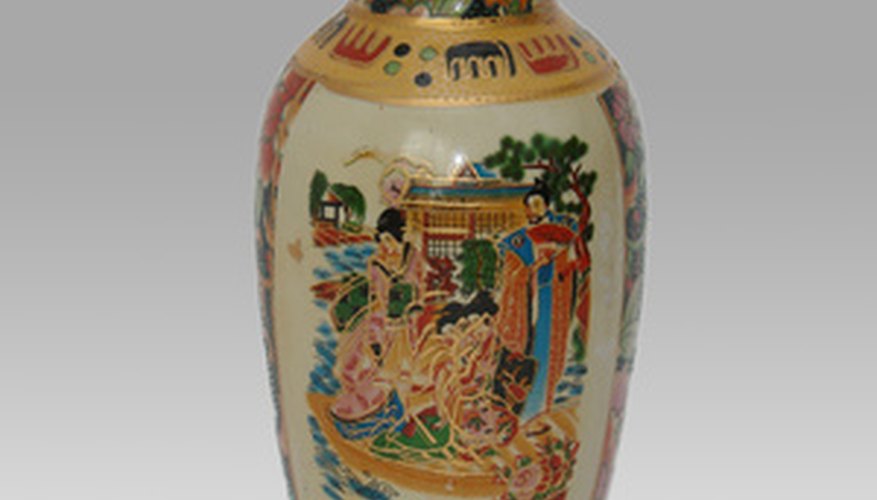Pottery collectors, regardless of their political bent, should rank William McKinley among their favourite presidents. McKinley is responsible for passing one of the most reviled protectionist laws in U.S. history: the McKinley Tariff Act of 1890. This Act raised taxes on goods imported to the United States to an historical high of up to 49 per cent, reports Peggy Whiteneck in an article on Discover Mid-America. The Act also required that all imports to America must carry labelling as to their country of origin, which means that all pottery imported to the U.S. after 1890 is marked with its country of origin, a handy piece of information for collectors of vintage pottery.
- Pottery collectors, regardless of their political bent, should rank William McKinley among their favourite presidents.
- The Act also required that all imports to America must carry labelling as to their country of origin, which means that all pottery imported to the U.S. after 1890 is marked with its country of origin, a handy piece of information for collectors of vintage pottery.
Turn over the pottery to look for country of origin marks. If you do not see a mark, it was probably made before 1891, or the item was not produced for import to the U.S. Products made in foreign countries not intended for sale in America did not have to bear their country of origin, according to Porcelain Marks & More.
Look for pottery marked "Nippon," an identifier of Japanese goods imported prior to an amendment to the McKinley Tariff Act that required standard English words and terms on all identification. Japanese pottery created after 1921 is marked "Japan." The brief use of the word "Nippon" on Japanese pottery --- from 1891-1921 --- makes it a valuable collector's item, reports The Antiques Bible in "Nippon Porcelain."
Watch for pottery marked "Made in Germany," which may or may not have been produced after the McKinley Act of 1890. Prior to the McKinley Act, the British Parliament required a "Made in Germany" label on all German goods to protect the British market from German imports.
Pay attention to pottery marked "Made in West Germany" or "Made in East Germany." When Germany split into two states in 1949, manufacturers on both sides began to mark their wares accordingly. After the Fall of the Berlin Wall in 1989, this practised stopped. Pottery marked with an East/West designation was made sometime between 1950 and 1990. If pottery is marked "Made in German Democratic Republic" or "Made in G.D.R.," it was made in Eastern Germany, reports Porcelain Marks & More.
- Watch for pottery marked "Made in Germany," which may or may not have been produced after the McKinley Act of 1890.
- If pottery is marked "Made in German Democratic Republic" or "Made in G.D.R.," it was made in Eastern Germany, reports Porcelain Marks & More.
Note that pottery made in Czechoslovakia between 1918 and 1920 is marked with the term "Cechoslovakia," a name which was replaced with the more familiar spelling "Czechoslovakia" in 1921 to comply with the McKinley Tariff Act's stipulation that only English terms and characters can identify countries of origin on U.S. imports. Since the Czechoslovakian character used for "C" is not an English letter, it was replaced with "Cz" in 1921, according to Porcelain Marks & More.
